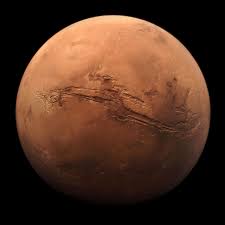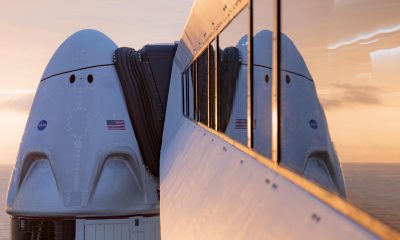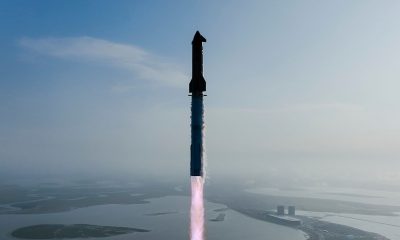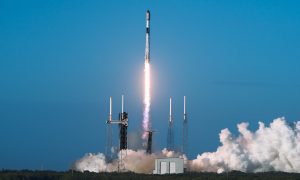Mars is a dry, desert world devoid of any life (that we know of). But once upon a time, that wasn’t the case. Data collected by the robotic emissaries we’ve sent to explore the planet on our behalf indicate that the red planet was once a lush and wet world.
However, scientists are still trying to piece together Martian history to understand what happened to the planet’s water. While we know much of it was lost when the planet’s atmosphere was stripped away, what we don’t know is where the water originated from. Researchers uncovered a crucial clue in Martian meteorites found here on Earth.
“A lot of people have been trying to figure out Mars’ water history,” Jessica Barnes, an assistant professor of planetary sciences in the University of Arizona Lunar and Planetary Laboratory, said in a statement. “Like, where did water come from? How long was it in the crust (surface) of Mars? Where did Mars’ interior water come from? What can water tell us about how Mars formed and evolved?”

Like the Earth, Mars is made of different layers: a crust, mantle, and a core. Meteorites, like the ones that fell to Earth, are made of the Martian crust, which can tell us a lot about the planet’s composition when the pieces are analyzed. According to a study published this week in Nature Geoscience, there could be at least two distinct reservoirs of ancient water lurking below the Martian surface. Each with its own (different) chemical signature.
This means that Mars probably never had a global ocean of magma beneath its surface like we do on Earth.
For this study, Barnes and her team looked for clues as to the Mars’ water history by analyzing the ratio of two types (isotopes) of hydrogen. They’re not the first to do so, but previous results have been very inconsistent.
To better understand how the planet formed and where its water came from, the researchers examined two different meteorites: a coin-sized sample known as Black Beauty (or NWA 7034), which formed when a huge impact cemented together various pieces of the Martian crust, and Allan Hills 84001 (ALH84001), a sample once thought to contain Martian microbes. The data shows that water comes from two different sources.

The team was searching for different isotopes of hydrogen — light hydrogen and heavy hydrogen — which can help trace the origin of water in rocks. (Isotopes are variations of chemical elements, with different numbers of neutrons.)
“Light hydrogen” contains one proton (and no neutrons) in its nucleus, whereas “heavy hydrogen,” also known as deuterium, contains one proton and one neutron in its core. The ratio of these two isotopes act like a fossil record of water, telling a planetary scientist its origin.
Here on Earth, protium (or light hydrogen) is the most abundant isotope. It’s found in the atmosphere, in rocks, and the ocean. On Mars, however, deuterium (heavy hydrogen) is the most abundant in the atmosphere, while Martian rocks contain a range of ratios from Earth-like to Mars-like.
To better understand the vast variation, Barnes and her team decided to focus on samples they knew came from the Martian crust — Black Beauty and Alan Hills. The team found that both samples interacted with water at different point in Mars’ history, but had similar isotope ratios, that was very similar to younger rocks analyzed by the Curiosity rover.
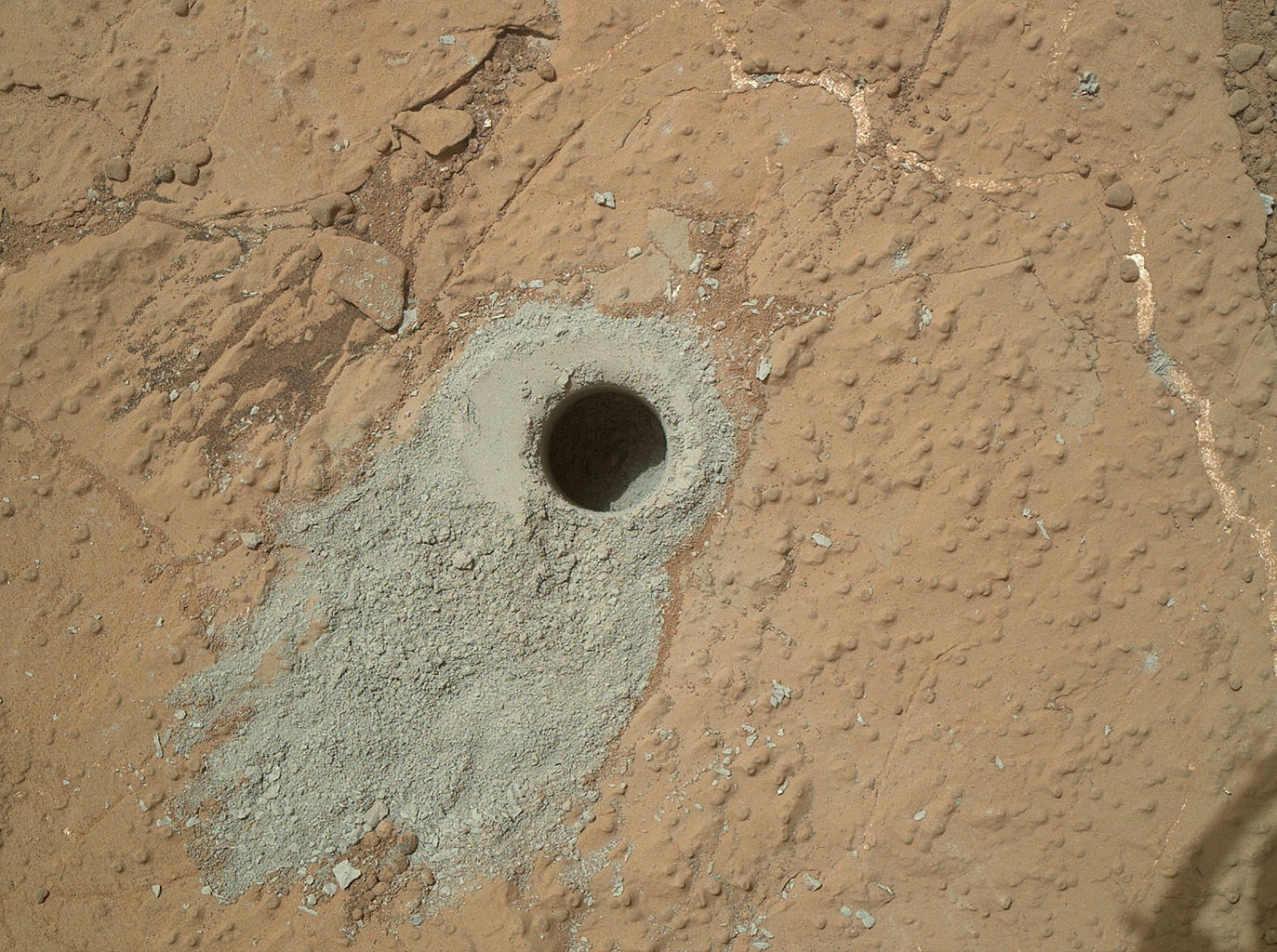
This data suggested a surprising result: that the chemical composition of that water hasn’t changed for nearly 4 billion years.
“Martian meteorites basically plot all over the place, and so trying to figure out what these samples are telling us about water in the mantle of Mars has historically been a challenge,” Barnes said.”The fact that our data for the crust was so different prompted us to go back through the scientific literature and scrutinize the data.”
So the team compared their results to previous isotope studies, where the meteorites originated in the Martian mantle. They discovered that the isotope ratios were consistent with two types of volcanic rock, known as shergottite, that’s found in the Martian mantle.

This means that the water within the meteorite samples came from two different sources. It also indicates that Mars lacked a global magma ocean, which would have made the mantle more consistent in its composition.
“These two different sources of water in Mars’ interior might be telling us something about the kinds of objects that were available to coalesce into the inner, rocky planets,” Barnes said.
Meaning two distinct planetary precursors with vastly different water contents could have collided, but never thoroughly mixed. And understanding how Mars formed is essential for understanding its past habitability and potential for life.
Elon Musk
Tesla reveals it is using AI to make factories more sustainable: here’s how
Tesla is using AI in its Gigafactory Nevada factory to improve HVAC efficiency.
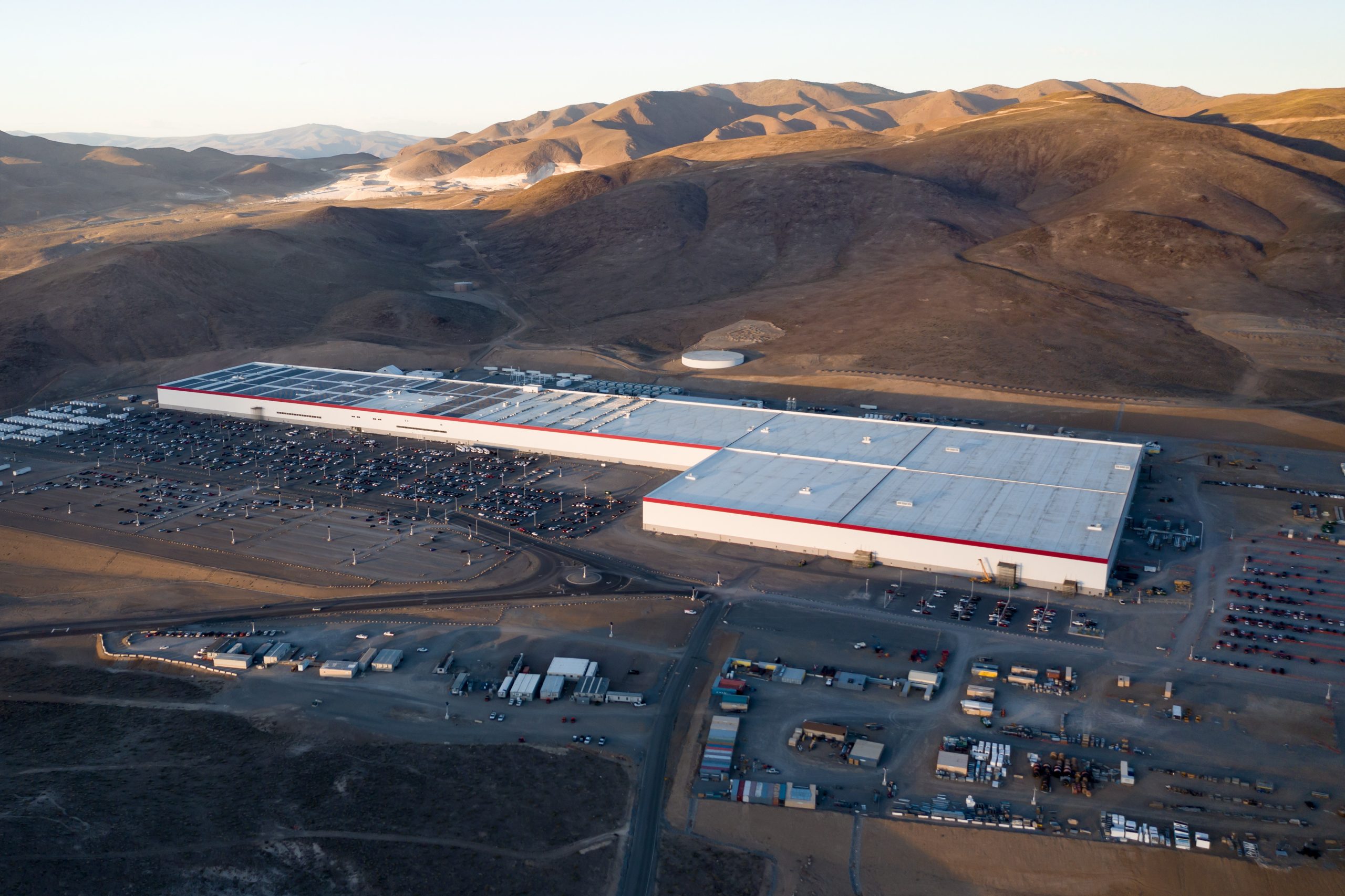
Tesla has revealed in its Extended Impact Report for 2024 that it is using Artificial Intelligence (AI) to enable its factories to be more sustainable. One example it used was its achievement of managing “the majority of the HVAC infrastructure at Gigafactory Nevada is now AI-controlled” last year.
In a commitment to becoming more efficient and making its production as eco-friendly as possible, Tesla has been working for years to find solutions to reduce energy consumption in its factories.
For example, in 2023, Tesla implemented optimization controls in the plastics and paint shops located at Gigafactory Texas, which increased the efficiency of natural gas consumption. Tesla plans to phase out natural gas use across its factories eventually, but for now, it prioritizes work to reduce emissions from that energy source specifically.
It also uses Hygrometric Control Logic for Air Handling Units at Giafactory Berlin, resulting in 17,000 MWh in energy savings each year. At Gigafactory Nevada, Tesla saves 9.5 GWh of energy through the use of N-Methylpyrrolidone refineries when extracting critical raw material.
Perhaps the most interesting way Tesla is conserving energy is through the use of AI at Gigafactory Nevada, as it describes its use of AI to reduce energy demand:
“In 2023, AI Control for HVAC was expanded from Nevada and Texas to now include our Berlin-Brandenburg and Fremont factories. AI Control policy enables HVAC systems within each factory to work together to process sensor data, model factory dynamics, and apply control actions that safely minimize the energy required to support production. In 2024, this system achieved two milestones: the majority of HVAC infrastructure at Gigafactory Nevada is now AI-controlled, reducing fan and thermal energy demand; and the AI algorithm was extended to manage entire chiller plants, creating a closed-loop control system that optimizes both chilled water consumption and the energy required for its generation, all while maintaining factory conditions.”
Tesla utilizes AI Control “primarily on systems that heat or cool critical factory production spaces and equipment.” AI Control communicates with the preexisting standard control logic of each system, and any issues can be resolved by quickly reverting back to standard control. There were none in 2024.
Tesla says that it is utilizing AI to drive impact at its factories, and it has proven to be a valuable tool in reducing energy consumption at one of its facilities.
Elon Musk
Tesla analysts believe Musk and Trump feud will pass
Tesla CEO Elon Musk and U.S. President Donald Trump’s feud shall pass, several bulls say.
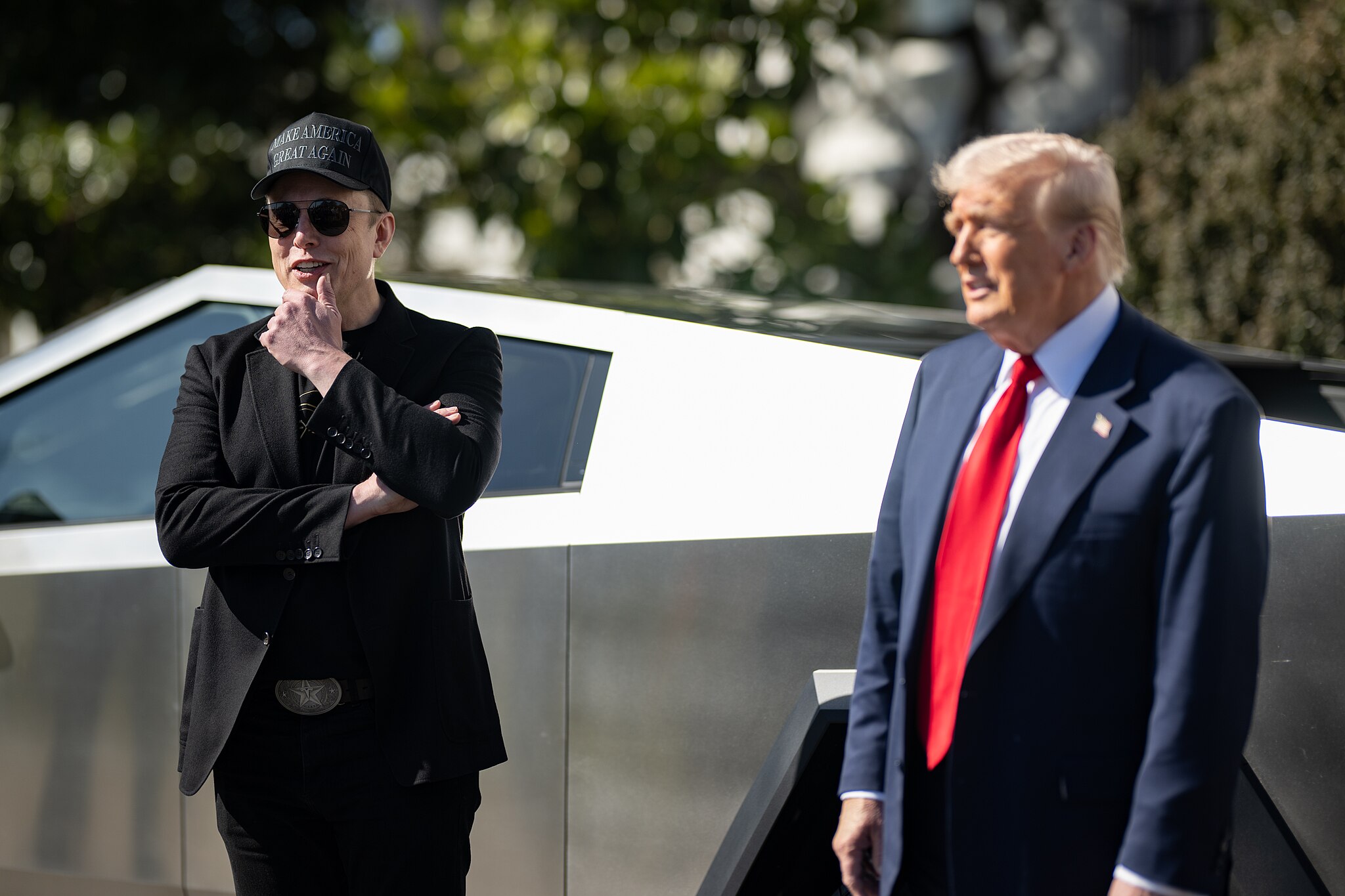
Tesla analysts are breaking down the current feud between CEO Elon Musk and U.S. President Donald Trump, as the two continue to disagree on the “Big Beautiful Bill” and its impact on the country’s national debt.
Musk, who headed the Department of Government Efficiency (DOGE) under the Trump Administration, left his post in May. Soon thereafter, he and President Trump entered a very public and verbal disagreement, where things turned sour. They reconciled to an extent, and things seemed to be in the past.
However, the second disagreement between the two started on Monday, as Musk continued to push back on the “Big Beautiful Bill” that the Trump administration is attempting to sign into law. It would, by Musk’s estimation, increase spending and reverse the work DOGE did to trim the deficit.
Every member of Congress who campaigned on reducing government spending and then immediately voted for the biggest debt increase in history should hang their head in shame!
And they will lose their primary next year if it is the last thing I do on this Earth.
— Elon Musk (@elonmusk) June 30, 2025
President Trump has hinted that DOGE could be “the monster” that “eats Elon,” threatening to end the subsidies that SpaceX and Tesla receive. Musk has not been opposed to ending government subsidies for companies, including his own, as long as they are all abolished.
How Tesla could benefit from the ‘Big Beautiful Bill’ that axes EV subsidies
Despite this contentious back-and-forth between the two, analysts are sharing their opinions now, and a few of the more bullish Tesla observers are convinced that this feud will pass, Trump and Musk will resolve their differences as they have before, and things will return to normal.
ARK Invest’s Cathie Wood said this morning that the feud between Musk and Trump is another example of “this too shall pass:”
BREAKING: CATHIE WOOD SAYS — ELON AND TRUMP FEUD “WILL PASS” 👀 $TSLA
She remains bullish ! pic.twitter.com/w5rW2gfCkx
— TheSonOfWalkley (@TheSonOfWalkley) July 1, 2025
Additionally, Wedbush’s Dan Ives, in a note to investors this morning, said that the situation “will settle:”
“We believe this situation will settle and at the end of the day Musk needs Trump and Trump needs Musk given the AI Arms Race going on between the US and China. The jabs between Musk and Trump will continue as the Budget rolls through Congress but Tesla investors want Musk to focus on driving Tesla and stop this political angle…which has turned into a life of its own in a roller coaster ride since the November elections.”
Tesla shares are down about 5 percent at 3:10 p.m. on the East Coast.
Elon Musk
Tesla scrambles after Musk sidekick exit, CEO takes over sales
Tesla CEO Elon Musk is reportedly overseeing sales in North America and Europe, Bloomberg reports.
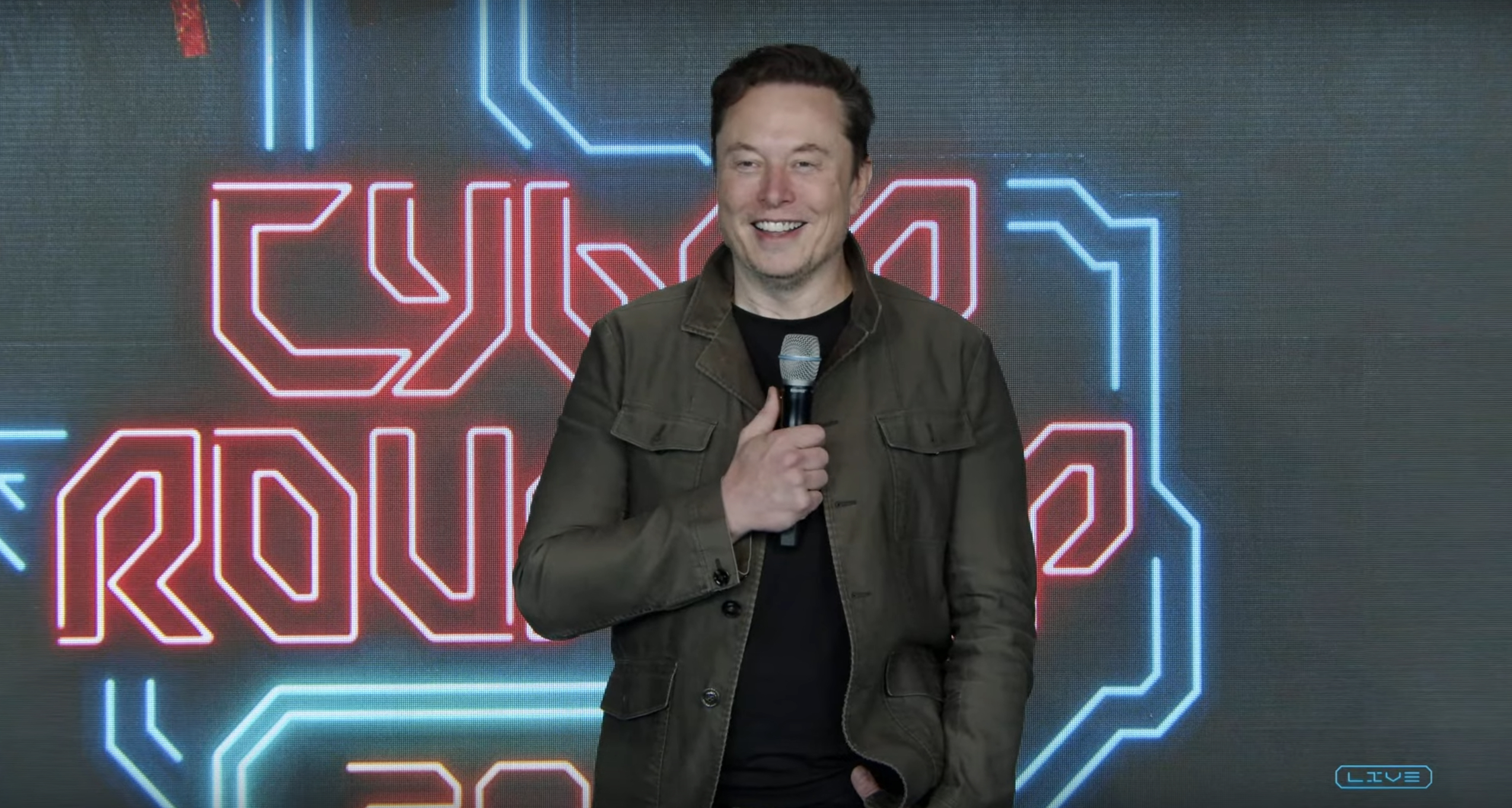
Tesla scrambled its executives around following the exit of CEO Elon Musk’s sidekick last week, Omead Afshar. Afshar was relieved of his duties as Head of Sales for both North America and Europe.
Bloomberg is reporting that Musk is now overseeing both regions for sales, according to sources familiar with the matter. Afshar left the company last week, likely due to slow sales in both markets, ending a seven-year term with the electric automaker.
Tesla’s Omead Afshar, known as Elon Musk’s right-hand man, leaves company: reports
Afshar was promoted to the role late last year as Musk was becoming more involved in the road to the White House with President Donald Trump.
Afshar, whose LinkedIn account stated he was working within the “Office of the CEO,” was known as Musk’s right-hand man for years.
Additionally, Tom Zhu, currently the Senior Vice President of Automotive at Tesla, will oversee sales in Asia, according to the report.
It is a scramble by Tesla to get the company’s proven executives over the pain points the automaker has found halfway through the year. Sales are looking to be close to the 1.8 million vehicles the company delivered in both of the past two years.
Tesla is pivoting to pay more attention to the struggling automotive sales that it has felt over the past six months. Although it is still performing well and is the best-selling EV maker by a long way, it is struggling to find growth despite redesigning its vehicles and launching new tech and improvements within them.
The company is also looking to focus more on its deployment of autonomous tech, especially as it recently launched its Robotaxi platform in Austin just over a week ago.
However, while this is the long-term catalyst for Tesla, sales still need some work, and it appears the company’s strategy is to put its biggest guns on its biggest problems.
-

 Elon Musk2 days ago
Elon Musk2 days agoTesla investors will be shocked by Jim Cramer’s latest assessment
-

 News7 days ago
News7 days agoTesla Robotaxi’s biggest challenge seems to be this one thing
-

 News2 weeks ago
News2 weeks agoTesla’s Grok integration will be more realistic with this cool feature
-

 Elon Musk2 weeks ago
Elon Musk2 weeks agoElon Musk slams Bloomberg’s shocking xAI cash burn claims
-

 News2 weeks ago
News2 weeks agoTesla China roars back with highest vehicle registrations this Q2 so far
-

 News2 weeks ago
News2 weeks agoTesla dominates Cars.com’s Made in America Index with clean sweep
-

 News2 weeks ago
News2 weeks agoTexas lawmakers urge Tesla to delay Austin robotaxi launch to September
-

 Elon Musk1 week ago
Elon Musk1 week agoFirst Look at Tesla’s Robotaxi App: features, design, and more

